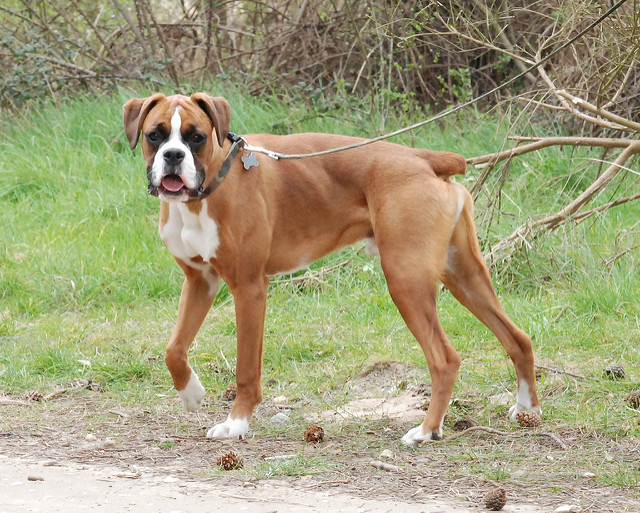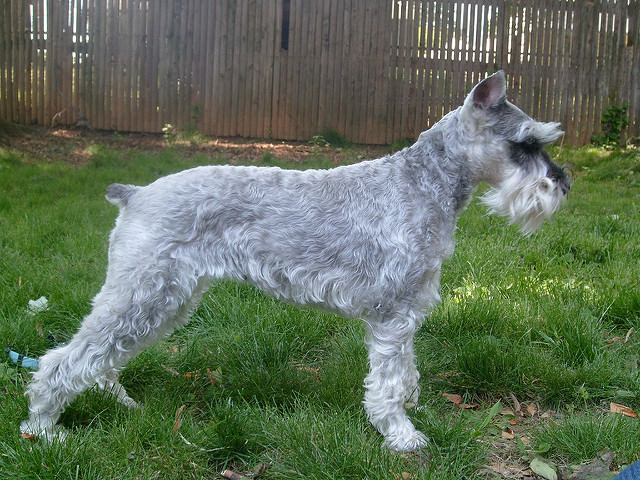Since 2008, the American Veterinary Medical Association (AVMA) has encouraged “the elimination of ear cropping and tail docking from breed standards,” and much of Europe and Australia have already banned or restricted the practices. On the other hand, the American Kennel Club (AKC) states that: “Each of these procedures is a safe, humane standard practice that serves a practical purpose, and in the case of ear cropping and tail docking, preserves a dog’s ability to perform its historic function.” Should the United States join Europe and Australia in banning tail docking and ear cropping, or is the AKC right that they are safe and humane?

The AKC says:
“Tail docking and dewclaw removal are performed shortly after birth, when the puppy’s nervous system is not fully developed. As a result, the puppy feels little to no pain, and there are no lasting negative health issues…Since they are performed so soon after birth, anesthesia should not be required, as this could be life-threatening for the young puppy.”
But what exactly are tail docking and ear cropping? How are they performed?
Tail docking is done by vets or breeders when a puppy is 3-5 days old. The puppy’s tail is cut off with scissors or a scalpel. Alternatively, elastic is placed around the tail to cut off circulation until it falls off. Anesthetic is rarely used.
Vets usually crop ears when a puppy is 7-12 weeks old and do use anesthetic. Much of the ear is cut off, and what’s left is held upright for months via styrofoam cups and tape until they heal standing up.

So, does it hurt?
The AVMA says that these procedures “are not medically indicated nor of benefit to the patient,” and “these procedures cause pain and distress, and, as with all surgical procedures, are accompanied by inherent risks of anesthesia, blood loss, and infection.”
The Royal Society for the Prevention of Cruelty to Animals (RSPCA) in Australia has this to say:
“Advocates of tail docking claim that it does not cause pain or discomfort, as the nervous system of puppies is not fully developed. This is not the case; the basic nervous system of a dog is fully developed at birth. Evidence indicates that puppies have similar sensitivity to pain as adult dogs. Docking a puppy’s tail involves cutting through muscles, tendons, up to seven pairs of highly sensitive nerves and severing bone and cartilage connections.
“Tail docking is usually carried out without any anaesthesia or analgesia (pain relief). Puppies give repeated intense shrieking vocalizations the moment the tail is cut off and during stitching of the wound, indicating that they experience substantial pain. Inflammation and damage to the tissues also cause ongoing pain while the wound heals. There is also the risk of infection or other complications associated with this unnecessary surgery. Tail docking can cause unnecessary and avoidable long term chronic pain and distress to the dog. For example, when a chronic neuroma forms at the amputation site. Neuromas are often very painful.”

When it comes to ear cropping, there is quite a bit of after-care to consider, including frequent dressing changes. The bandages become dirty, stinky and may slip out of place – remember, this procedure is performed on young, boisterous puppies! Wet, loose, soiled, and missing dressings can lead to what feels like constant vet visits. Not to mention the fact that the cumbersome wrappings are awkward and uncomfortable. Pups experience itching and pain as the wounds heal, and some even develop infections. After months of stress, aggravation, vet visits, expenses and stinky bandages, there is still no guarantee that both ears will stand up perfectly!
The AKC claims that tail docking and ear cropping “preserves a dog’s ability to perform its historic function,” but most dogs today live cushy lives inside the home and rarely perform their historic duties. In fact, two separate Australian studies found that you’d have to do hundreds of tail dockings to prevent one serious tail injury.
